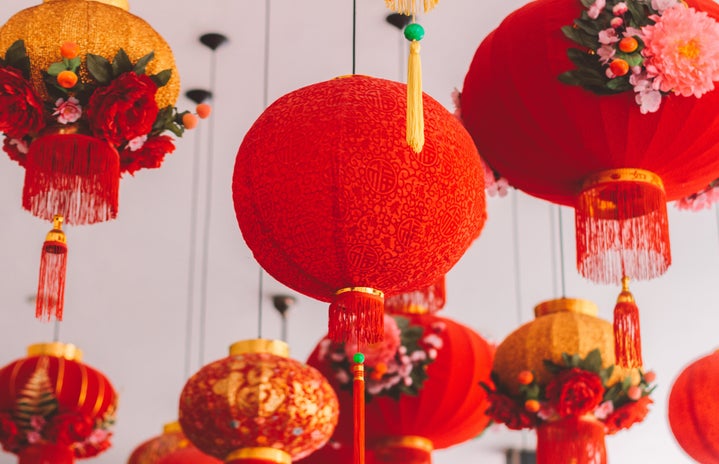One of the most popular holidays in numerous countries – including China, Singapore, South Korea and Vietnam, to name a few – Lunar New Year brings millions of families across the globe together on the day of the new moon. While each of these diverse regions might share many customs, traditions also vary among communities and even between families. As a US-born child to immigrant parents, my family’s pantry is always stocked with a mix of American and ethnic foods from the local Asian Market. But save for snacks, authentic dishes can be difficult to find. We keep our culture alive by blending traditional cuisine from both Northern China and Taiwan, where my family grew up.
Early in the evening, I set off firecrackers and sparklers with my brother in the backyard, admiring the way the sparks mimicked the stars. Although they are incomparable to the grand firework shows my parents cherished during their childhoods back in Taiwan, I imagine I am in the midst of the bustling night markets lined with endless shops.
Shortly afterward, we gather indoors to pay respects to our elders and exchange hóngbāo (red envelopes) containing money. It is customary for the head of the house, my grandmother, to dress in her finest traditional clothing and receive thanks from the rest of the family. As members of the youngest generation, my brother and I bow to her three times, wishing her health and prosperity throughout the new year before receiving our hóngbāo.
Most of all though, we reconnect with our culture through cuisine. The celebration closes with a little taste of Taiwan. As a child, my mother always cooked her Taiwanese beef noodle soup – our family’s signature dish – in the days leading up to the new year. I would watch in wonder as she painstakingly prepared everything a day in advance (and tasked me with handing her the ingredients). She sautéed the beef shank (with Sichuan peppercorn, spicy bean paste and rice cooking wine), placed it in the fridge to cool overnight and mixed in the noodles the next evening. Nowadays, my grandmother carries her traditional cooking methods to our home. Every year, she rolls cabbage and pork fillings into spheres and molds the dough into crescents to form a hundred jiǎozi (dumplings) reminiscent of Ancient Chinese ingots – a symbol of wealth. The enticing aroma of spices and broth lingers in our home long after dinner, blanketing me with a reminder of my family’s roots.
But no feast is complete without desserts. Our bābǎofàn (eight-treasure rice pudding) with sweet rice, goji berries and red bean paste shaped like a flower brings us good fortune every year. Red bean nián gāo (sweet sticky rice cake) and luóbo gāo (radish cake) are also New Year staples – dishes fresh off the pan like the food stall treats in Taiwan.
Even though my family’s home is thousands of miles away, we continue to honor these traditions by embracing our history. Each dish we create is a reminder of our traditions and another ingredient that molds my cultural identity.


